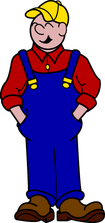Note: This feature is in the March TT&C 2004 issue.
| This Minneapolis-Moline 2-Star Crawler was the 2004 National Toy Truck 'N Construction Show model held in Indianapolis, Ind. Manufactured in 1:16 scale by SpeCast - 5,700 models were produced. Top 2 Star crawler owned by Walk Keller, bottom 2 Star crawler owned by Don Kingen. All were restored by Rex Mercer in 1997, photo courtesy of Mercer, Pendleton, Ind. Other features in the March TT&C 2004 issue include:
| Toy Farmer, Ltd. is pleased to formally announce its 8th crawler tractor for this year’s National Toy Truck ‘N Construction Show. The Minneapolis-Moline 2 Star crawler’s history was short but fascinating. Some of the following information was included in a 1956 article taken from the Minneapolis-Moline 1910-1959 Data Book No. 2 by Alan King and sent to us by Gaylen Mohr. This article announces a tractor, which would be “the first of a series aimed to put MM right in the middle of the government-financed construction equipment field.” The tentative name chosen for the new crawler was “Golden Kat” and was to have had a trademark that would show the head-and-shoulders of a clawing wildcat. According to the article this new “Golden Kat” would be on display in January at the 1957 ABBA Road Show in Chicago. Whether this “Golden Kat” would become the Minneapolis-Moline 2 Star with a name change is not certain. Gaylen also sent another article with additional information. In 1956 the company experimented making a crawler by combining a D-2 Cat undercarriage to a model 445. They gave this prototype the serial number X253. The next prototype was developed over MM’s own undercarriage. The company went on to produce 50 2 Star crawlers in 1958. Although recent articles have stated these tractors were available in both gasoline and diesel engine models this article states that the 2 Star was available in gasoline only and had a 206K-4 engine. MM’s later Motrac crawler, which was produced in 1960 and 1961, was offered and produced with both engines. In a letter to the editor, in the November 1994 issue of The MM Corresponder, Bill Scheunemann who worked at the Minneapolis-Moline from 1941-1971 gives some first-hand information about the 2 Star. “I know for a fact that only 50 were made in…1957. None were machined in the assembly line or in the plant. Parts for all 50 were machined in the engineering dept. machine shop…in Minneapolis where I was the foreman. They were then assembled in the engineering dept.” Bill includes a picture of him on what he says is the first 2 Star made. An article by Richard Lowry of Francesville Ind., that appeared in the April 1999 Prairie Gold Rush was sent to me by Cheryl DeLap. Richard is the owner of the 2 Star that was used for the specifications for the show tractor. He purchased the crawler in 1992 and knows it came from Kansas by way of Oklahoma. The side of the loader is stamped 2 Star 4001 so Richard believes he may have the first crawler built. The article goes on to describe features of the model and the restoration process. He, with the help of Rex Mercer from Pendleton, Ind., completed the restoration in September 1998 and took it to their local parade where there were “many nice comments on the Golden Kat.” Want to ready more of this issue? It's the MARCH TT&C 2004 magazine! Call (701) 883-5206 or (701) 883-5206 to purchase or order online at: http://www.toytrucker.com/past-issues.html |

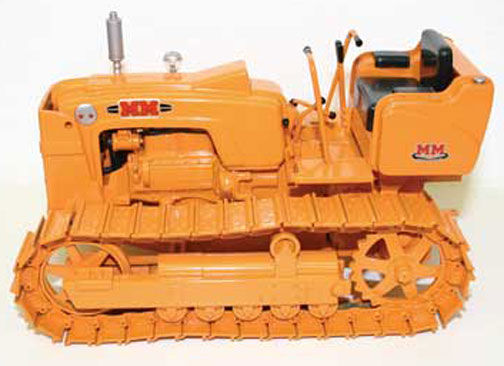
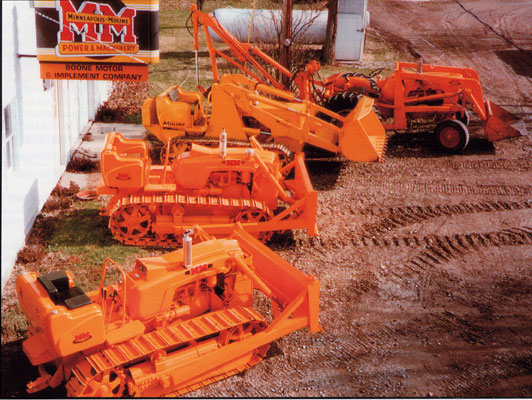
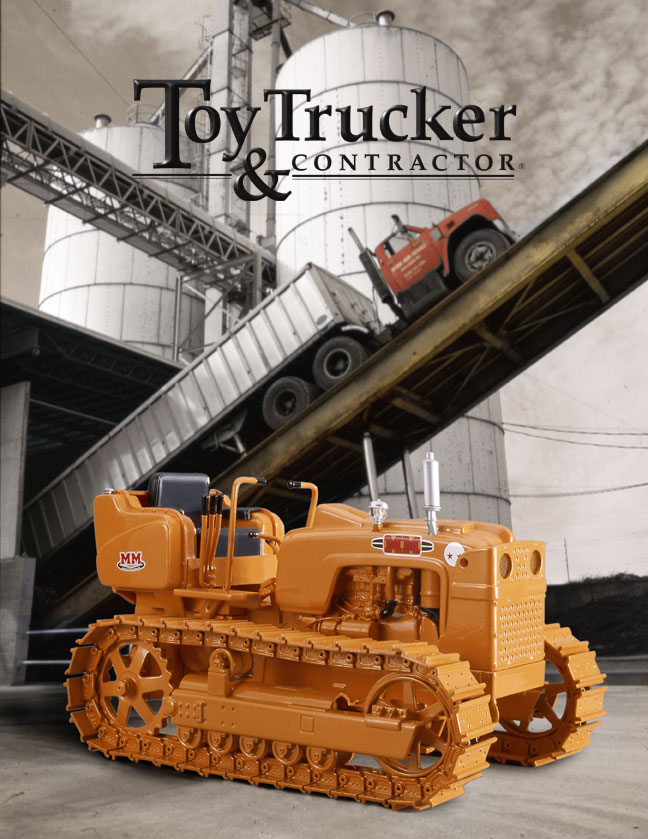
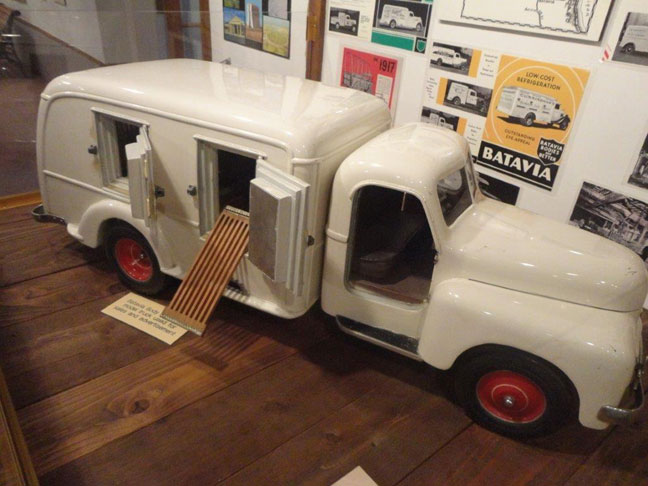
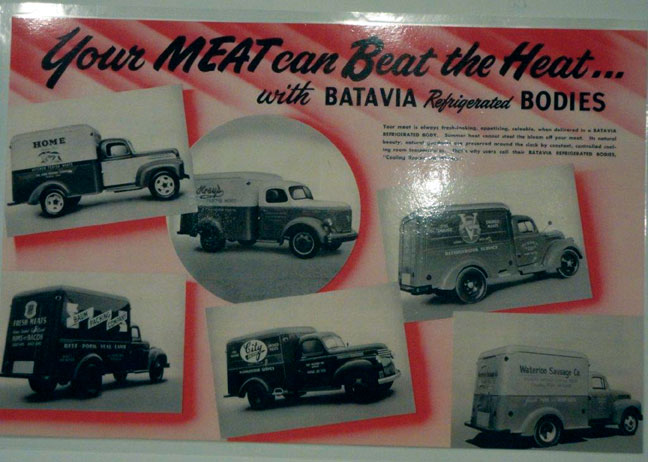
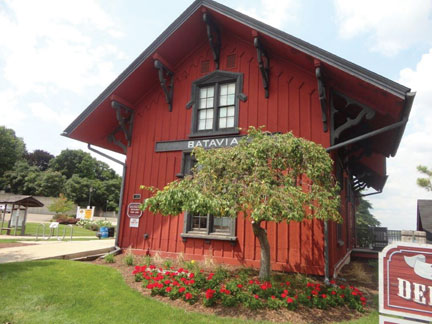

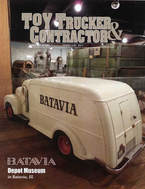
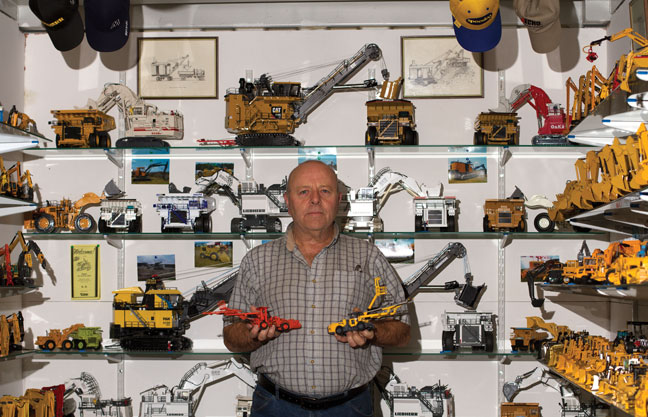
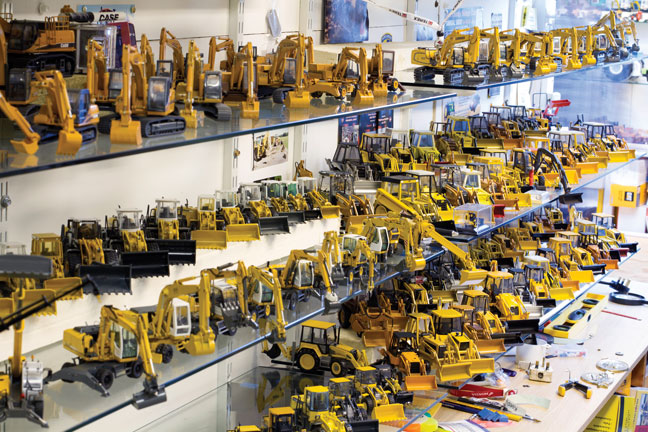
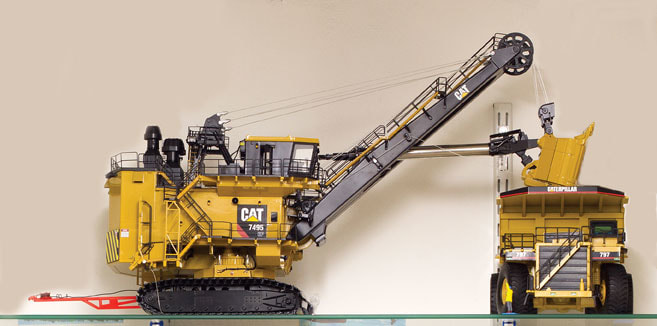
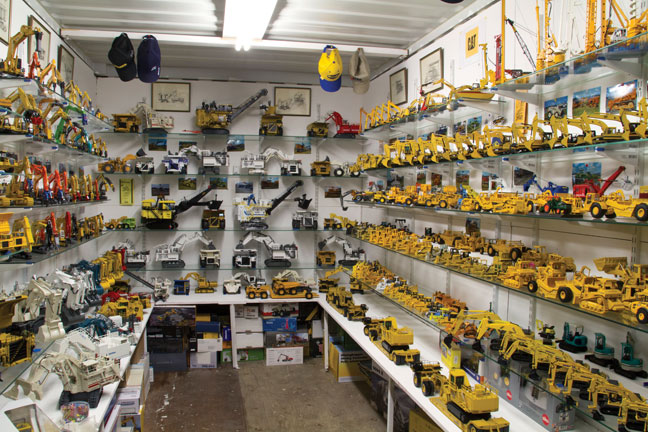
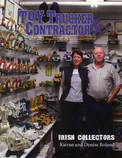
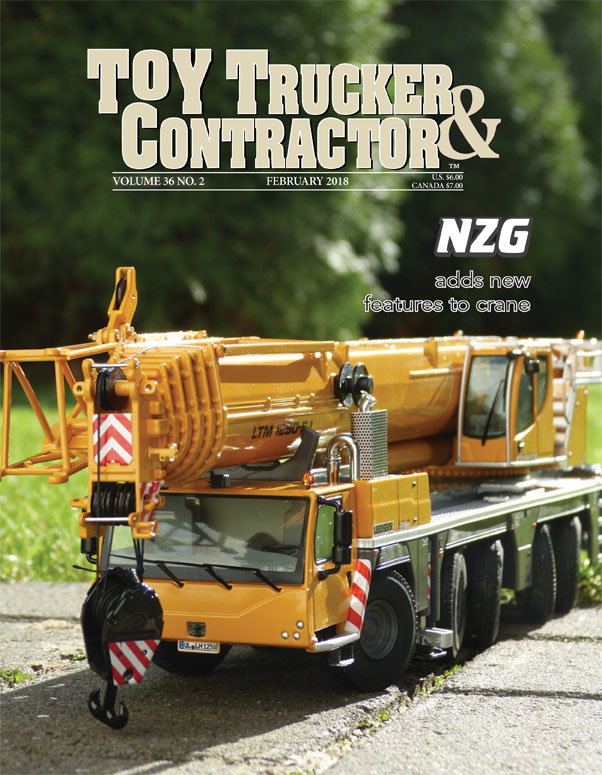
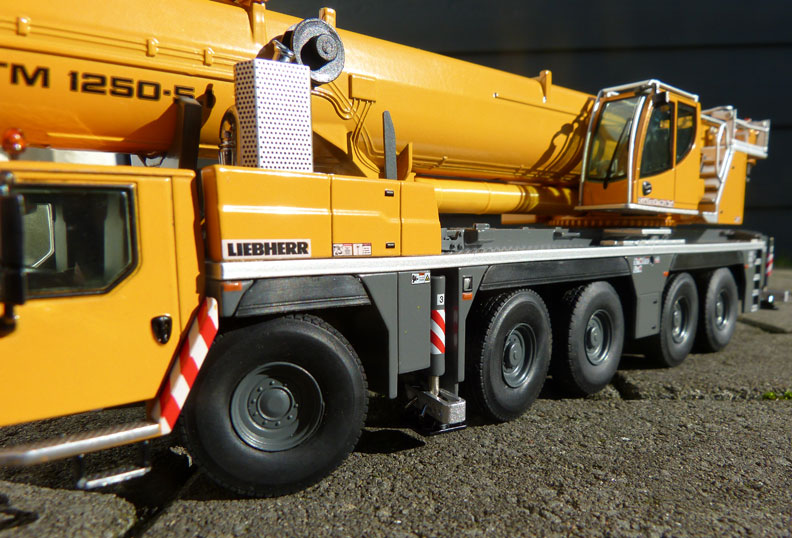
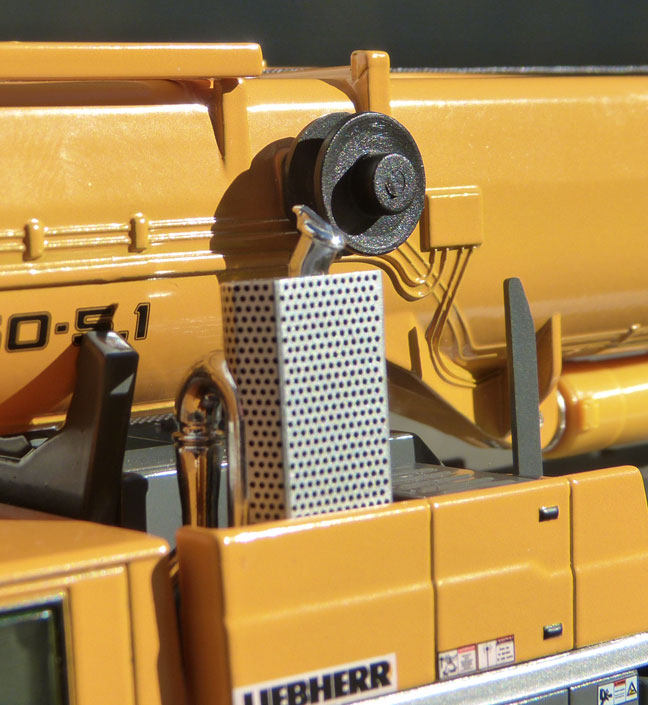

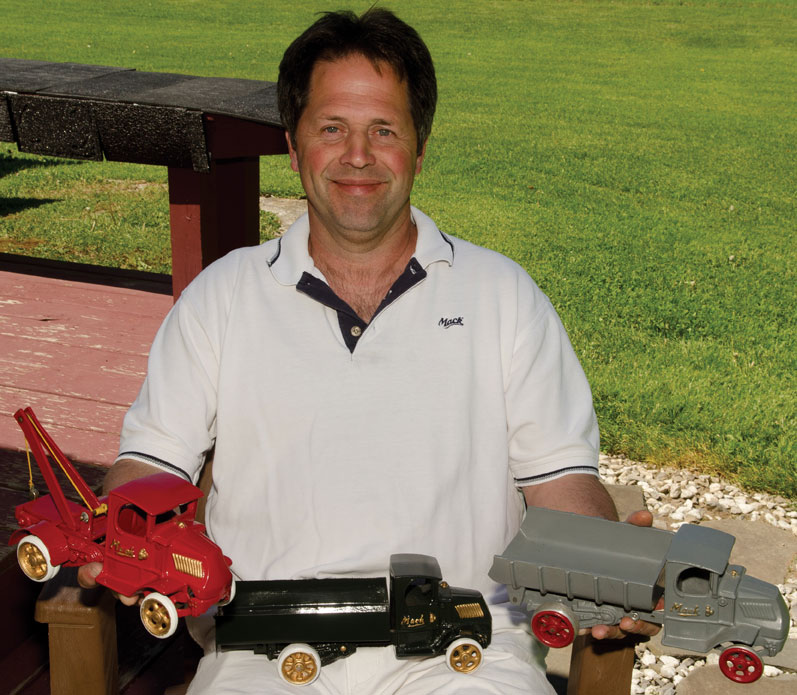
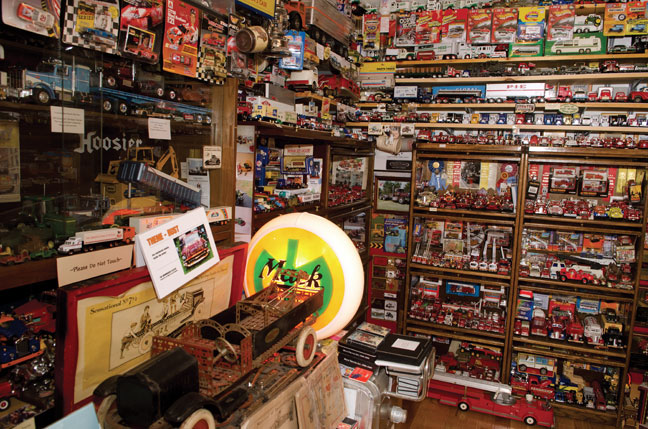
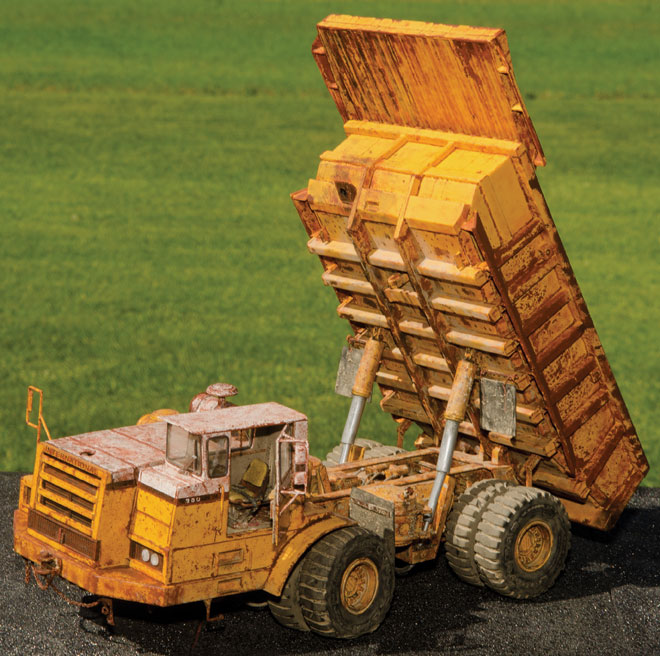
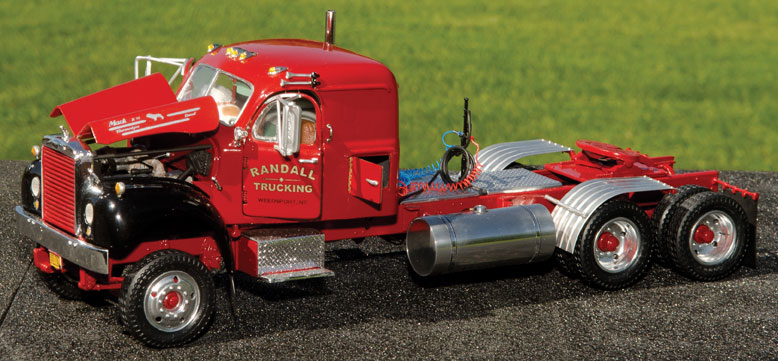
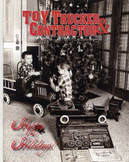
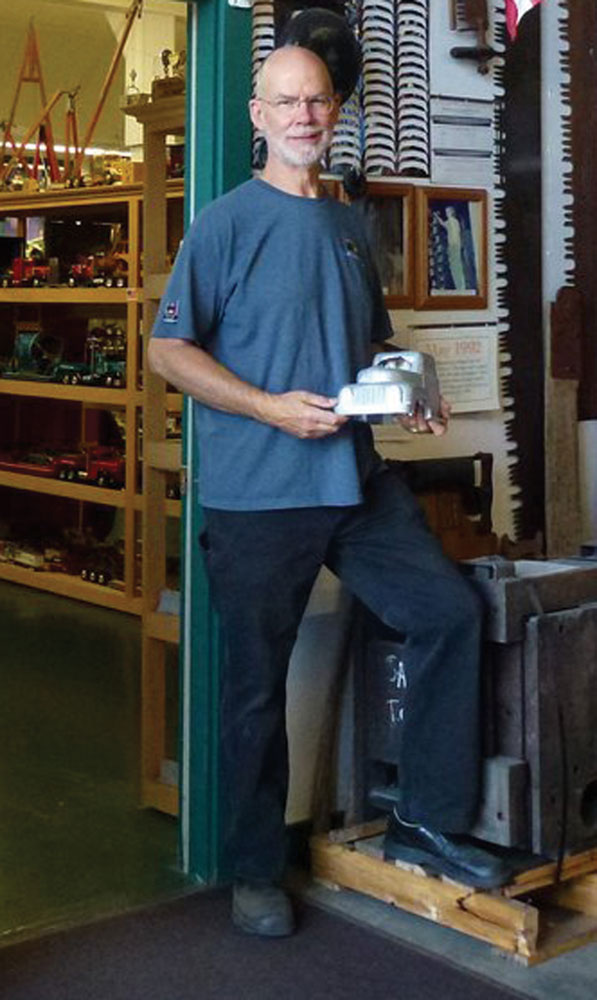
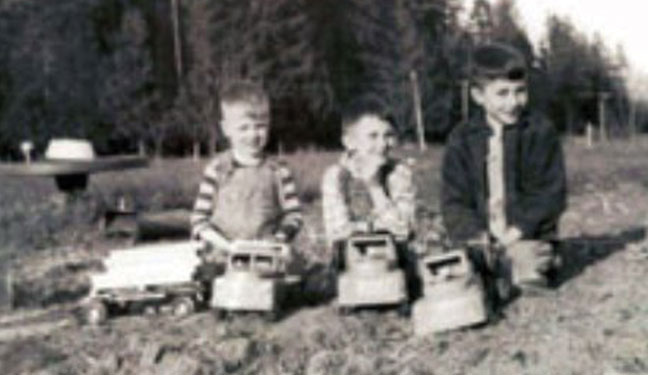
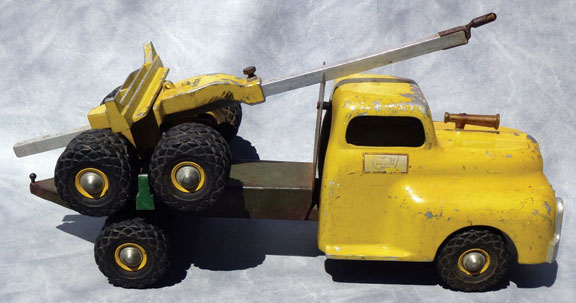
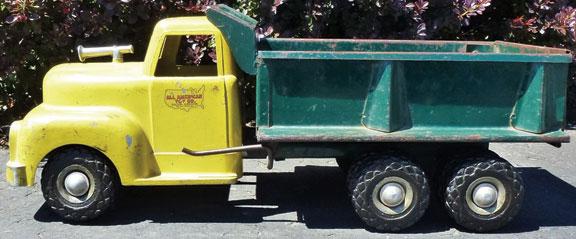
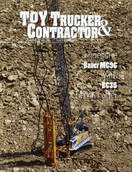
 RSS Feed
RSS Feed
